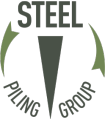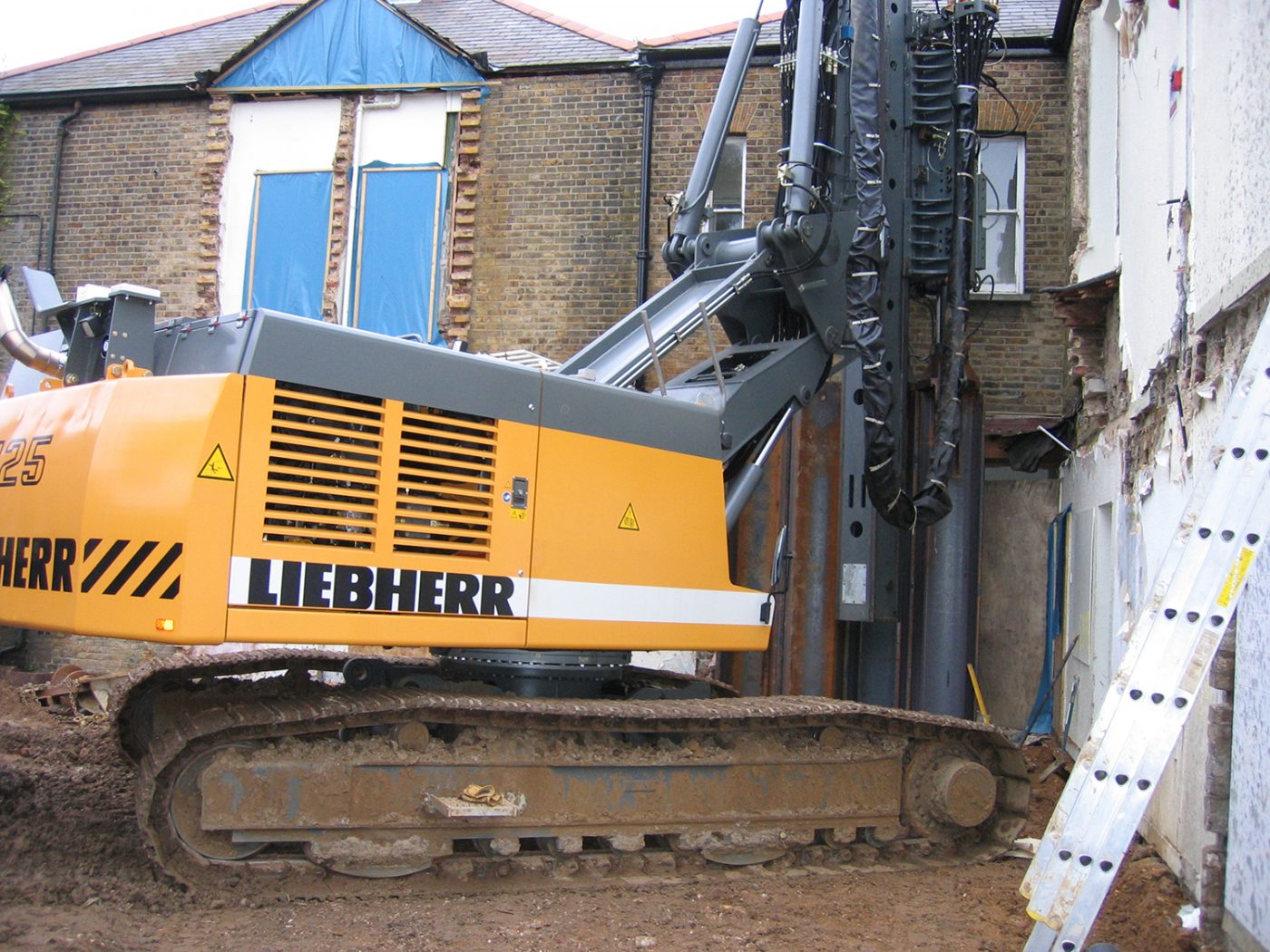Main contractor Longleys (part of Kier Group) were awarded a contract to build an extension to the Rambert School of Ballet in Twickenham. Part of the new works was to build a basement adjacent to a Grade 2 listed building and surrounding listed brickwork boundary walls. The scheme required the installation of permanent sheet pile retaining wall using 9m long L605 sheets. Due to the high water table (the site was close to the river Thames) fabricated corners were required and the sheet pile clutches were to be welded.
Ground conditions comprised medium dense, well graded ballast to a depth of 7-8m below ground level overlying stiff London Clay (cohesion in excess of 150kN/m2). The footprint of basement formed an “L” shape around the listed building with the site being only 6m wide at its narrowest point. The basement undermined the listed building and the strip footings to the boundary wall hence a propping scheme was necessary to limit deflection and ground movement.
Initially a piling subcontractor using a Japanese pressing rig with water jetting was appointed to install the piles. Piling commenced adjacent to the listed building and almost immediately problems with the method of installation were encountered. The water jetting led to a build up of pressure in the ground beneath the building strip footing. This caused the building to be locally “jacked up” leading to significant cracking of the external brickwork (see overleaf) and the crack carried through to the internal finishes. Work was immediately halted and an alternative method of installation that did not rely on water jetting was sought.
Kier Engineering Services recommended Dawson Construction Plant’s Push-Pull system to the contractor. This, together with pre-augering, enabled installation to be completed without further damage to the building or the boundary walls.
A two-cylinder Push-Pull mounted on a Liebherr LRB125 piling rig was utilised.
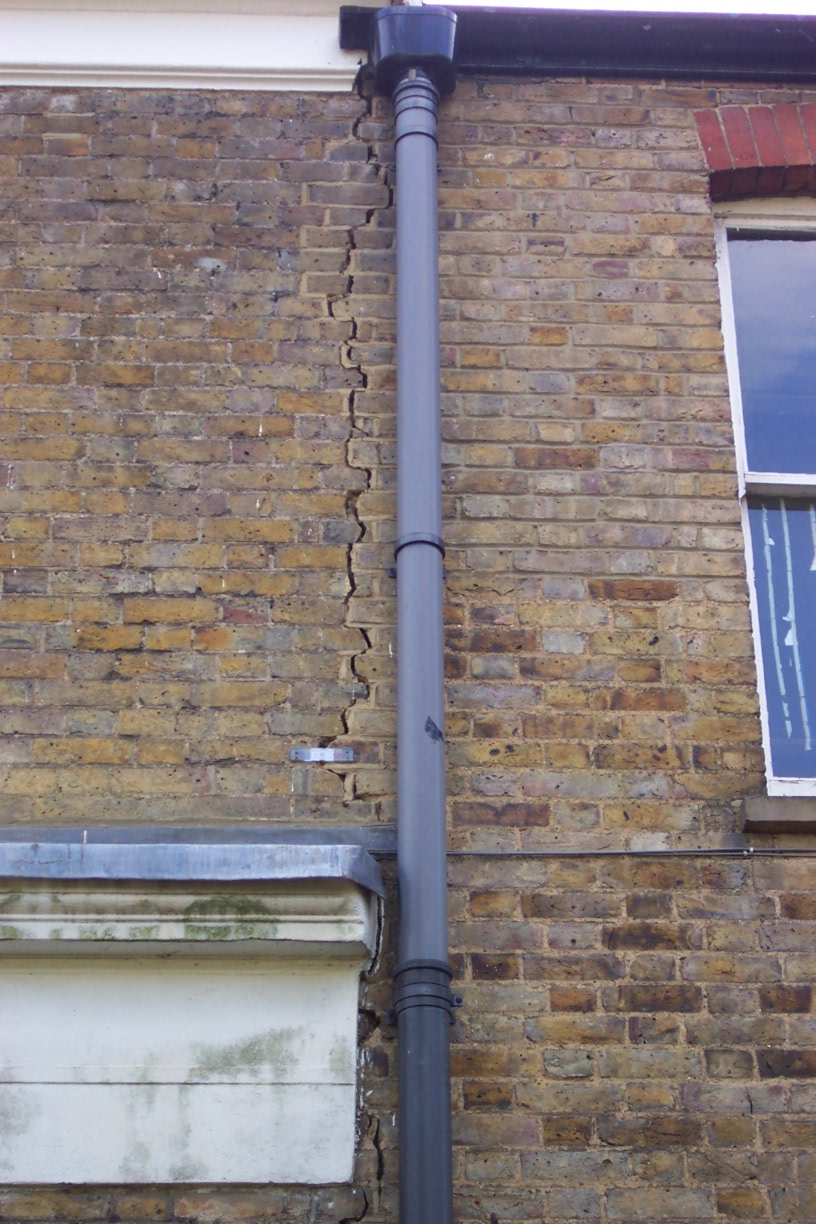
Technical Specifications
Dawson Contract Piling commenced work with limited pre-augering. A 300mm auger was used at the interlock positions to a depth of around 3m. The sheets were installed as soon as possible after a section of pre-augering was completed. The sheets were delivered on site as pre-clutched loose pairs and were pitched and driven using the rig. Due to the limited space on site it was not possible to utilise a crane. Despite the limited space the work initially progressed efficiently.
Problems were encountered with developing sufficient reaction to the 200t of pushing force generated by the push-pull. A two-cylinder Push-Pull was mounted on a small LRB125 rig but through the gravels high end bearing was experienced and little skin friction was developed to provide reaction.
An innovative solution to this problem was developed. Chains were connected from the press to adjacent piles to develop the additional reaction required to continue driving the piles. The chains were shortened as the sheets were driven down until the required level was reached.
Despite the extremely challenging ground conditions the combination of pre-augering and developing additional reaction proved successful. The contract was completed without any further damage to the listed building or boundary walls and the piles were driven to the required level.
This contract showed that a two-cylinder Push-Pull mounted on a small LRB125 rig is a very cost effective and efficient tool for carrying out work in difficult ground and logistical conditions.
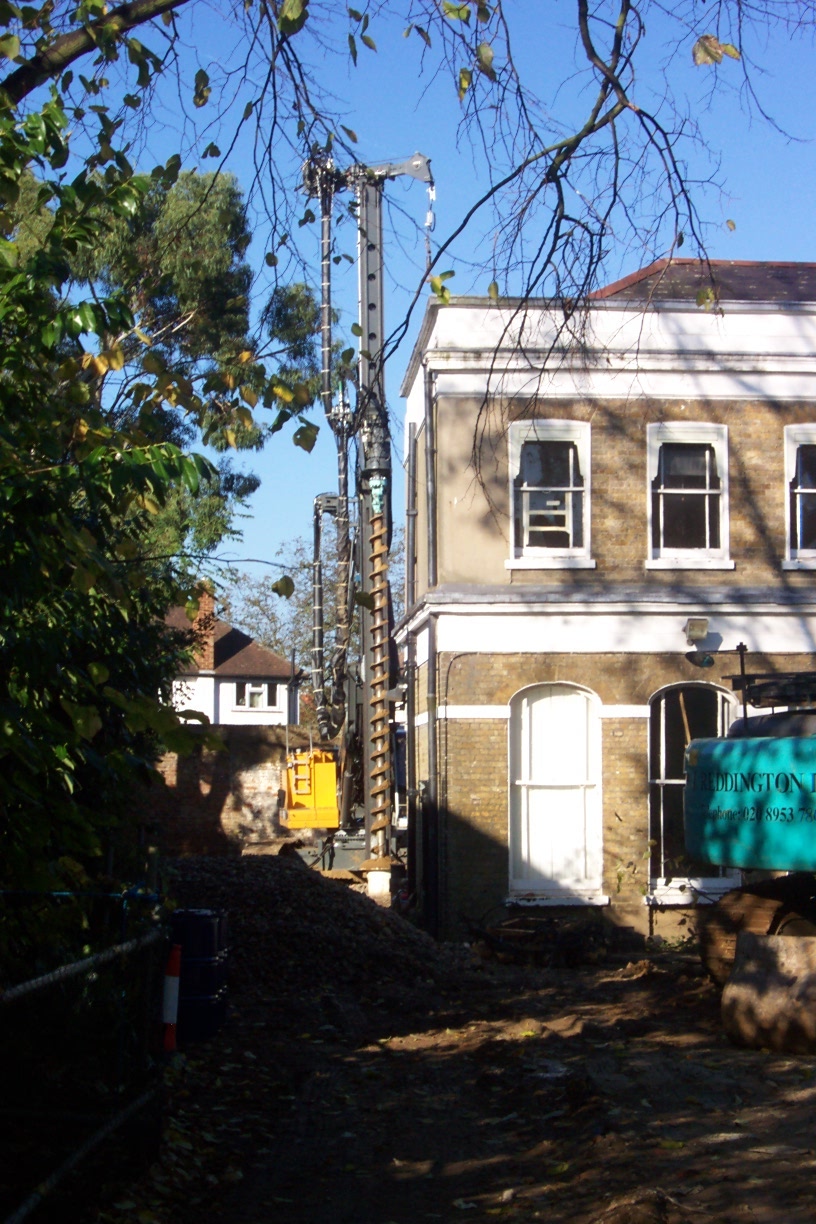
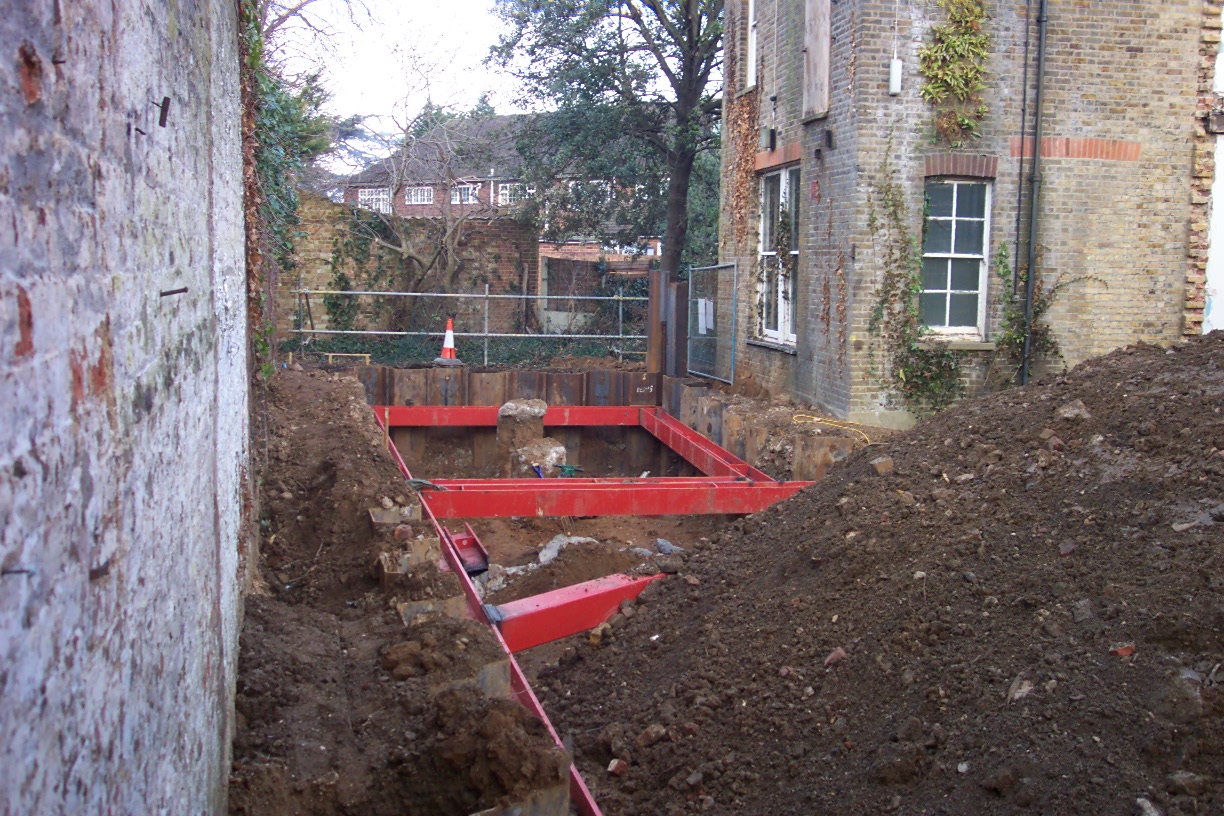
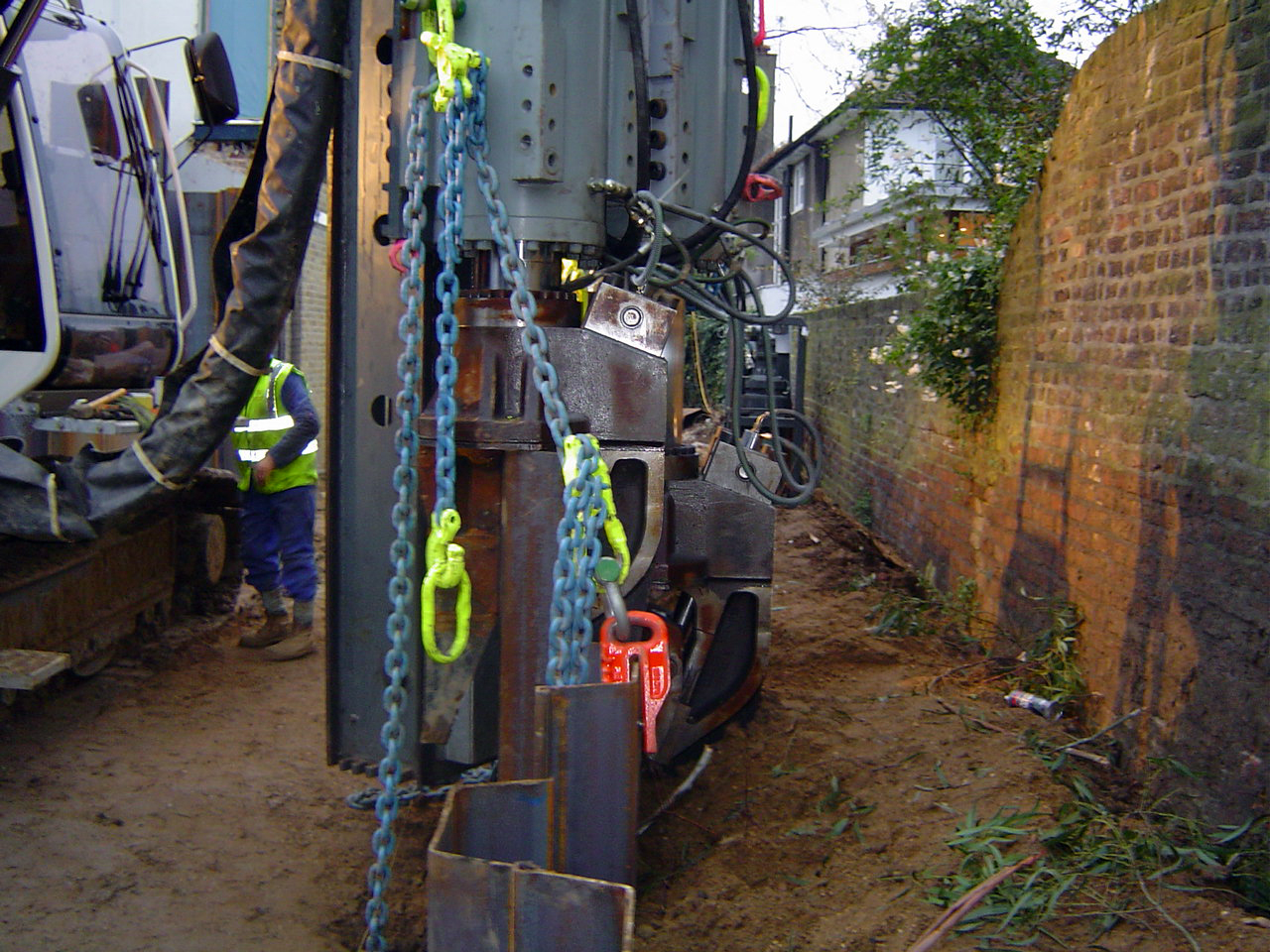
ADVANTAGES OF DAWSON SYSTEM
- Fast installation techniques deliver high productivity, resulting in economic savings.
- Quiet and vibration-less.
- Easily configured to suit Z, U & H-pile profiles in groups of between 2 to 6.
- No reaction frame required to start pile installation or for corner piles – unlike conventional pile presses.
- Standard Z-piles can be installed close to property boundaries – maximising development footprint.
- Leader guided operation reduces interlock friction and produces high quality, accurate installations.
- Piles can be removed, returning site to original ‘greenfield’ condition.
- The piling rig can pitch its own piles so no crane required
- Quick and simple replacement of front end equipment on piling rig, saving on time and money with the need for only one piling rig to do all operations.
Steel Piling Group, C/O SCI, Silwood Park, Unit D, Buckhurst Road, Ascot ,Berkshire. SL5 7QN
E: info@steelpilinggroup.org

© Copyright 2018 Steel Piling Group
Terms & Conditions | Privacy Policy
